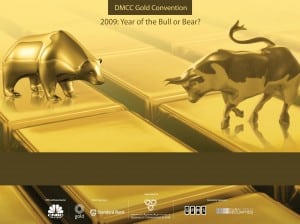Last week gold registered its worst weekly performance this year.
 The none-stop gains in the yellow metal, which has seen eight positive weekly performances posted in succession on declining volume, could not be continuously maintained. Three major catalysts behind this week’s retreat were the prospect that there would not be a forthcoming QE3 program in the US, the new funding by the ECB which favours increasing risk therefore shunning safe haven plays, and the lack of investor demand after such a sustained advance in the market.
The none-stop gains in the yellow metal, which has seen eight positive weekly performances posted in succession on declining volume, could not be continuously maintained. Three major catalysts behind this week’s retreat were the prospect that there would not be a forthcoming QE3 program in the US, the new funding by the ECB which favours increasing risk therefore shunning safe haven plays, and the lack of investor demand after such a sustained advance in the market.
Additionally, gold’s losses on Friday came as the U.S. dollar rallied against its major counterparts, as investors shunned riskier assets amid fresh concerns over the debt crisis in the euro zone.
The dollar index, which tracks the performance of the greenback versus a basket of six other major currencies, rose 0.82% to settle the week at 79.48, the highest since February 17. On the week, the index climbed 1.32%.
Meanwhile, gold traders continued to rebalance their portfolios after Federal Reserve Chairman Ben Bernanke dampened expectations for a third round of monetary easing in testimony to Congress on Wednesday.
The next three weeks will be important for gold as each significant sell off since the second half of last year has always posted a two down weeks in succession. Failure to stem the selling pressure exerted last week will be a problem for the market.
Technical selling also pressured gold after it failed to sustain gains above the USD1,790-an-ounce-level and break through key resistance at USD1,800.
Psychologically 1700 is a very important level. Losses beneath here would indicate addition downside potential to 1650 and even towards the key 1631 trend of higher lows from the November 2008, is on the cards.
In the near-term, global financial service provider HSBC Holdings also sees further downside to gold prices, citing the metal’s inability to clear USD1,800 an ounce and the paucity of emerging markets buying in recent weeks.
In the longer term, however, the bank expects prices to remain well-supported “even without further easing, as monetary policy is still highly accommodative.”
































